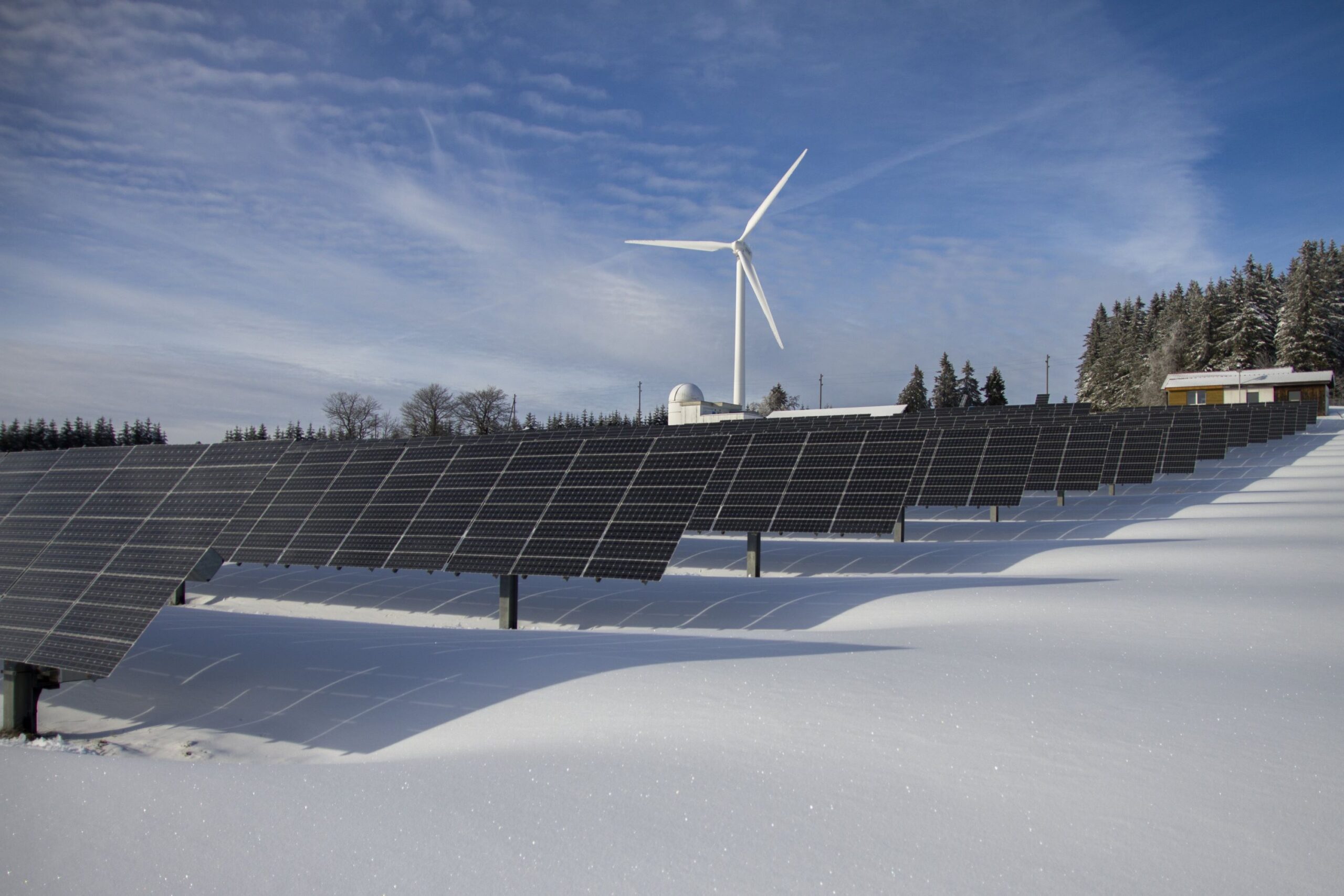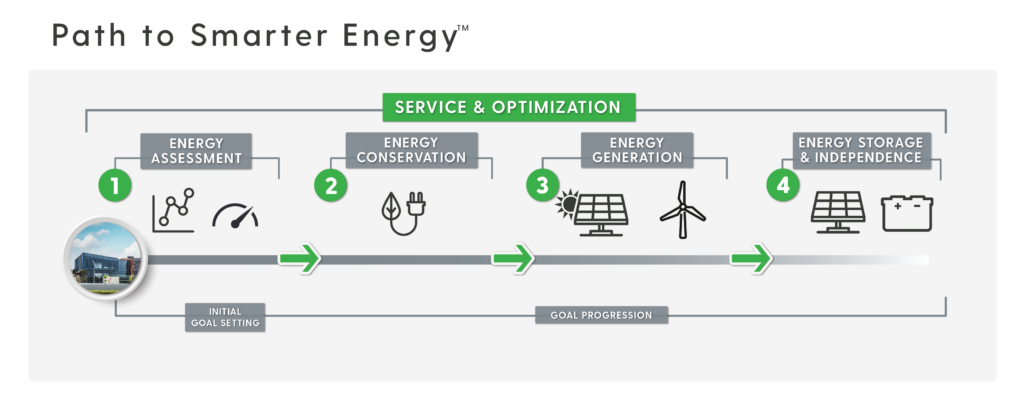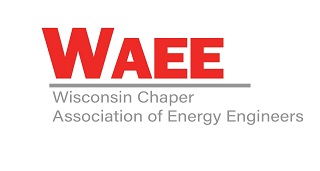
With the significant focus on renewable energy generation, the variable nature of these generation sources often gets lost in the conversation. Since renewable energy relies on environmental sources – sun and wind – it is variable by nature. This does not mean that renewable energy isn’t a viable option in certain climates; fortunately, there are things we can do to ensure that organizations have the power required to meet their energy needs.
Understanding Renewable Energy Production
It starts with a basic understanding of renewable energy generation. Solar production follows a bell-like curve both by month and by day: less solar production in the winter and more in the summer; less solar production in the morning and evening, more midday. However, even though it can drop substantially in winter months, solar energy production does not go to zero.
Wind energy is also variable by month, with a less predictable shape. Peaks and valleys are not necessarily summer and winter, so together, wind and solar can often offset peaks and valleys of the other.
The graph above depicts an example of a real-world location in the Midwest U.S. As you can see, both wind and solar are variable monthly, with solar peaks in July and wind peaks in August. Obviously, production will vary depending on location and year to year. Even with this variability, solar and wind are still viable year-round. Although the lowest wind production is about 40% of the maximum, it is not zero. Similarly, solar production does have substantial drop offs in the winter months, and does approach 10%, but still not zero. Considering today’s environmental goals, every kWh produced by sun and wind is a kWh not produced by other, more carbon intensive methods.
Assessing Energy Requirements
Energy assessments and detailed design should take into consideration the variability of renewable energy. At EnTech Solutions, we start with understanding your energy goals – cost, resiliency and sustainability. We then apply our Path to Smarter Energy™ process, beginning with understanding your energy usage. This process helps ensure solar and wind are sized properly, balancing seasonal peaks and valleys for an optimum solution. We also look at potential energy usage reduction, or conservation methods, to prevent oversizing of the generation systems.
Based on these findings, we develop options to help organizations meet their energy needs today and into the future. Systems can be sized with somewhat higher capacity to partially cover lower renewable production months, in conjunction with battery energy storage and/or net metering with the utility to capture excess energy production in the higher months.
Renewable Energy for All Seasons
Renewable energy has an important role to play in power generation and energy offset, helping with capacity, reducing costs and improving sustainability. Even though seasonal variations occur, a properly designed system can use this energy all year. Contact us today to put our renewable energy knowledge and experience to work for your organization.
Thank you for checking out the EnTech Solutions blog. To stay up to date with technologies, developments and trends about clean energy, please subscribe.










